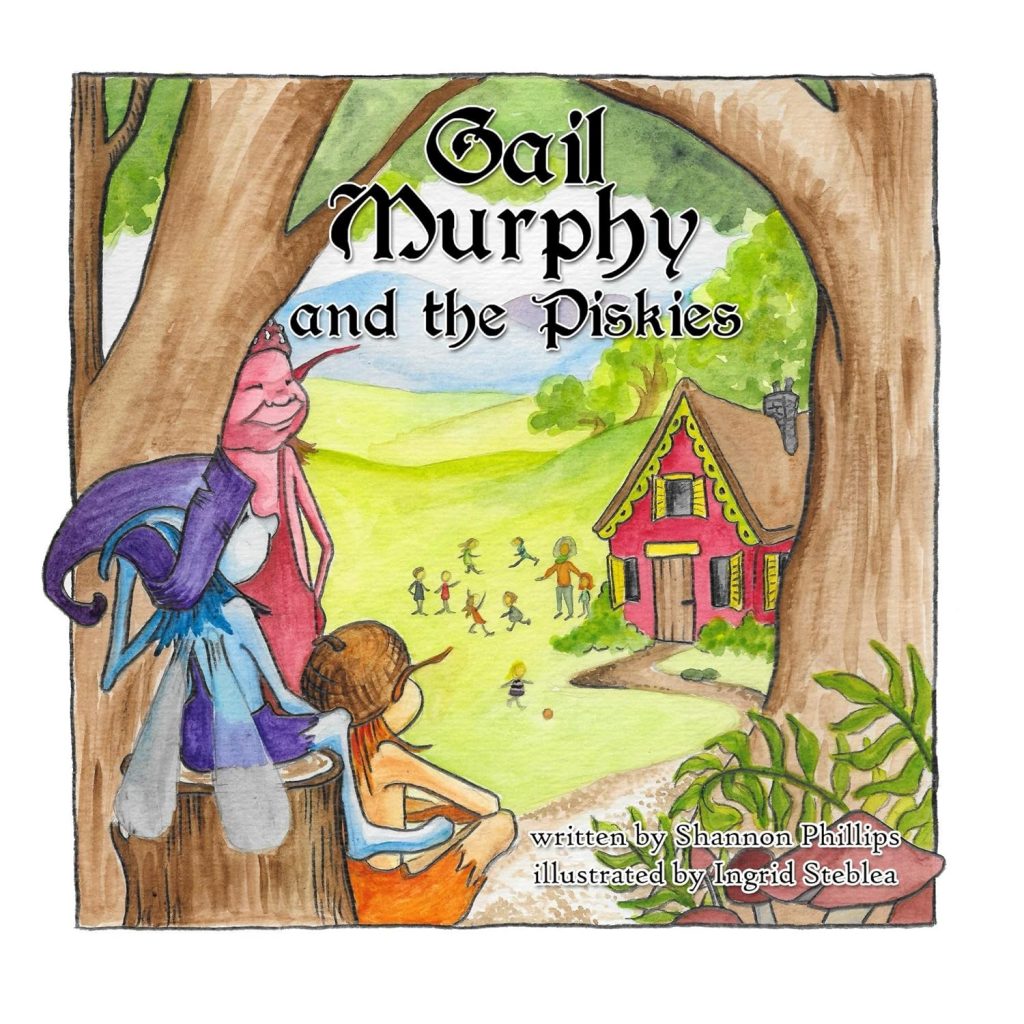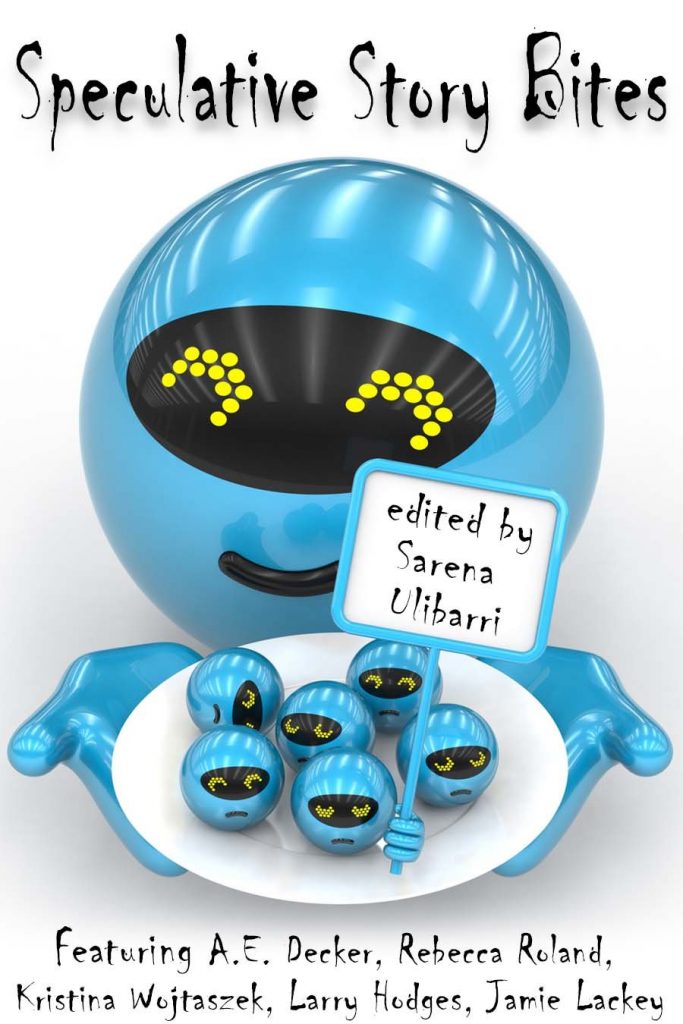Waldorf. Let’s talk about Waldorf. See, there’s a lot that’s very appealing about these schools; and a lot that’s very off-putting.
PRO: They provide a calm and beautiful environment for children.
The aesthetics of Waldorf are one of the first things that draws prospective parents. Trust me, I realize exactly how much my class background is showing when I start to enthuse about the natural hand-crafted everythings; it doesn’t change the fact that this is exactly what I want for my kids. Waldorf educators believe that children’s toys should be very simple, so as to encourage imaginative play, but of the highest possible quality: so hand-made dolls; simple wooden play structures and bright-colored silks (real silk, natch, hand-dyed and hand-hemmed) that can be turned into anything from a stage curtain to a superhero cape to a princess skirt; genuine beeswax crayons and paints made from natural plant pigments; handcrafted wooden toys; and so forth. Everything is hand-made from natural materials. The food served to the children is organic and often grown on premises. Yadda yadda.
CON: They are weirdly proscriptive about how children are supposed to use the provided materials.
For instance, they remove the color black from the crayons provided to the younger kids (black is too harsh for their delicate spirits). They don’t allow the kids to paint houses and stick figures in their watercolors, but instead lead them through a series of abstract watercolor shapes that are supposed to represent the developing soul. Yes, you’re seeing a flash of the woo-woo behind the Waldorf.
PRO: They spend a lot of time outdoors, emphasizing our connection to the natural world and learning about the changing seasons.
This is a good article about Waldorf’s commitment to outdoor learning. There’s really no con to this aspect of Waldorf; I’m wholly in favor. There’s some woo-woo here too but it’s far enough backgrounded that I don’t care.
PRO:For young children, they don’t attempt to do academic drills, but rather immerse the children in an environment of storytelling, music, art, dance, and imaginative play. They are really serious about the arts.
Waldorf educators believe children should experience live performances rather than just recorded ones, and similarly, that teachers should tell stories rather than simply reading from books (the idea being that kids learn more about the fundamentals of language when they are engaged in the process of storytelling rather than hearing the same words recited over and over). These stories are often Grimm fairy tales—the originals. Can you fathom how rare it is to find teachers who are telling the original fairy tales, not the Disneyfied versions, to kids these days? I think that’s awesome.
The Waldorf dance program is called Eurythmy and it incorporates some stuff that’s sort of similar to yoga.
CON:Again, the woo-woo. Eurythmy isn’t just a performing art, it’s—like yoga—a spiritual exercise. I’m more or less okay with this, except I don’t like how the newage spiritual content is being disguised as pedagogy. They’re not up front about it at all.
PRO:Waldorf preschools and kindergartens create a delightful, magical environment for small children.
The teachers often tell stories about gnomes: little felt gnomes are common in Waldorf classrooms, and when they go on walks the children are encouraged to look for gnome-homes or evidence of gnomish passage. This is adorable.
CON:It’s very likely that the teacher actually believes the gnomes are real.
“Our lead kindergarten teacher is very upfront that she believes in gnomes,” responded [a Waldorf] parent. “Before their weekly walk in the forest, the kindergartens ask the gnomes (who, after all, live there) for permission to enter.”
“But do they really believe in gnomes?” persisted the first parent.
“Trust me, they believe it,” Diane Winters asserted. She’s a former Waldorf classroom aide in Philadelphia and now a vocal critic of Waldorf education because of her growing concerns with the schools’ philosophy.
“Do you believe in gnomes?” I asked Waldorf parent Leah Spilchen at an Ottawa Waldorf school open house last spring. “Yes, I do,” answered Spilchen unequivocally. “But I don’t believe that they would look like what we think of as gnomes because they are spirits, and we can’t see them.”
I received similar responses from the half-dozen other Waldorf supporters whom I queried on the topic. Ernst Von Bezold, who represents Waldorf schools on the board of directors for the Ontario Federation of Independent Schools, believes gnomes are “nature’s spirits” and says he is open to believing that some people have seen them. He claims he has seen angels.
“Steiner [Rudolph Steiner is the founder of Waldorf] taught that if you didn’t make spiritual progression over successive lifetimes, you come back as a gnome,” explains Philadelphia’s Diana Winters.
Source: http://www.religionnewsblog.com/1213
PRO:These Waldorf people are so nice.
CON:These Waldorf people are crazy.
Here’s the thing: Waldorf educators believe in almost everything I do when it comes to early education. An emphasis on free play, art and storytelling, and outdoor time—check. Simple but high-quality classroom materials—check. Child-led learning—well, not so much, because they have a secret agenda.
Their agenda is Anthroposophy, Rudolph Steiner’s wacky religion. Anthroposophists believe that an evil entity called Ahriman is close to manifesting in the world (he can already influence it through television and other electronic devices). To fight Ahriman, humanity must be raised to its highest spiritual level—Anthroposophists believe that a person who is sufficiently spiritually developed can manifest psychic powers. As far as I can tell, Waldorf schools are kind of a secret training camp in this holy war, and their true purpose is to create psychic soldiers who will be able to fight Ahriman when the time comes.
Now, I frankly find this kind of awesome, but you can see how I’d be reluctant to hand a kid over to these people.
And the thing is, Waldorf educators will deny that anthroposophy forms a basis of the curriculum, but only because Steiner told them to say that.
[W]ith these things the outer form is of the utmost importance. Never call the verse a “prayer” but a “school opening verse.” Do see to it that people do not hear the expression “prayer” used by a teacher. This will go a long way towards overcoming the prejudice that this is an anthroposophical school.
We must worm our way through…[I]n order to do what we want to do, at least, it is necessary to talk with the people, not because we want to, but because we have to, and inwardly make fools of them.
Steiner, Rudolf (1920). Conferences with Teachers of the Waldorf School in Stuttgart, 1919 to 1920, Volume One. Forest Row, East Sussex: Steiner Schools Fellowship Publications, 1986. Quotations sourced from waldorfcritics.org
So, okay. Waldorf is run by newage woo-woo types. Their intentions are good, and their methods are mostly good, but they actively seek to deceive parents about the occult basis of some of their pedagogy, which is double-plus ungood.
On the other hand, because they have a commitment to keeping this anthroposophy stuff secret, they also don’t foist it on the kids. All the kids know is that they’re supposed to make these shapes in the watercolor, or lift their arms in a certain way in the dance: they don’t have any idea that it’s because these exercises are supposed to unlock their latent psychic powers. Most Waldorf graduates come out of the school without any initiation into the occult basis of Steiner education, most go on to do well, and most look back fondly on their hippie-crunchy school experience. But some feel that they were harmed by the experience: “The effects of Waldorf’s educational program gradually accumulated in our heads and hearts. After I had been at the school only a few years, the notion of trying to see the world clearly had lost almost all meaning for me. Everything seemed to me symbolic rather than concrete—although what the symbols stood for was vague.”
Also, although I do believe that modern Waldorf schools, especially those in liberal cities like San Francisco, have mostly rid themselves of this baggage, Rudolph Steiner was very racist and there’s a lot of racism coded into anthroposophy.
All in all, I would consider Waldorf for preschool and maybe kindergarten, but no farther than that. I would ask a lot of questions of the teachers in the specific school I was considering. I would keep a very close eye on what kinds of things were going on the classroom. Waldorf schools do a lot of things right, and they actually seem to work pretty well—in terms of producing happy and successful adults, at least. Their success in producing psychic warriors seems minimal.












